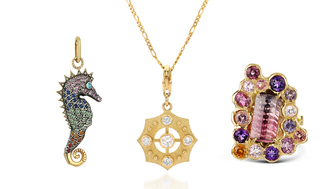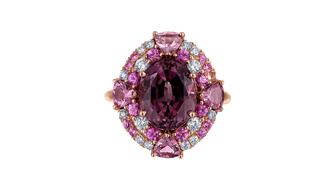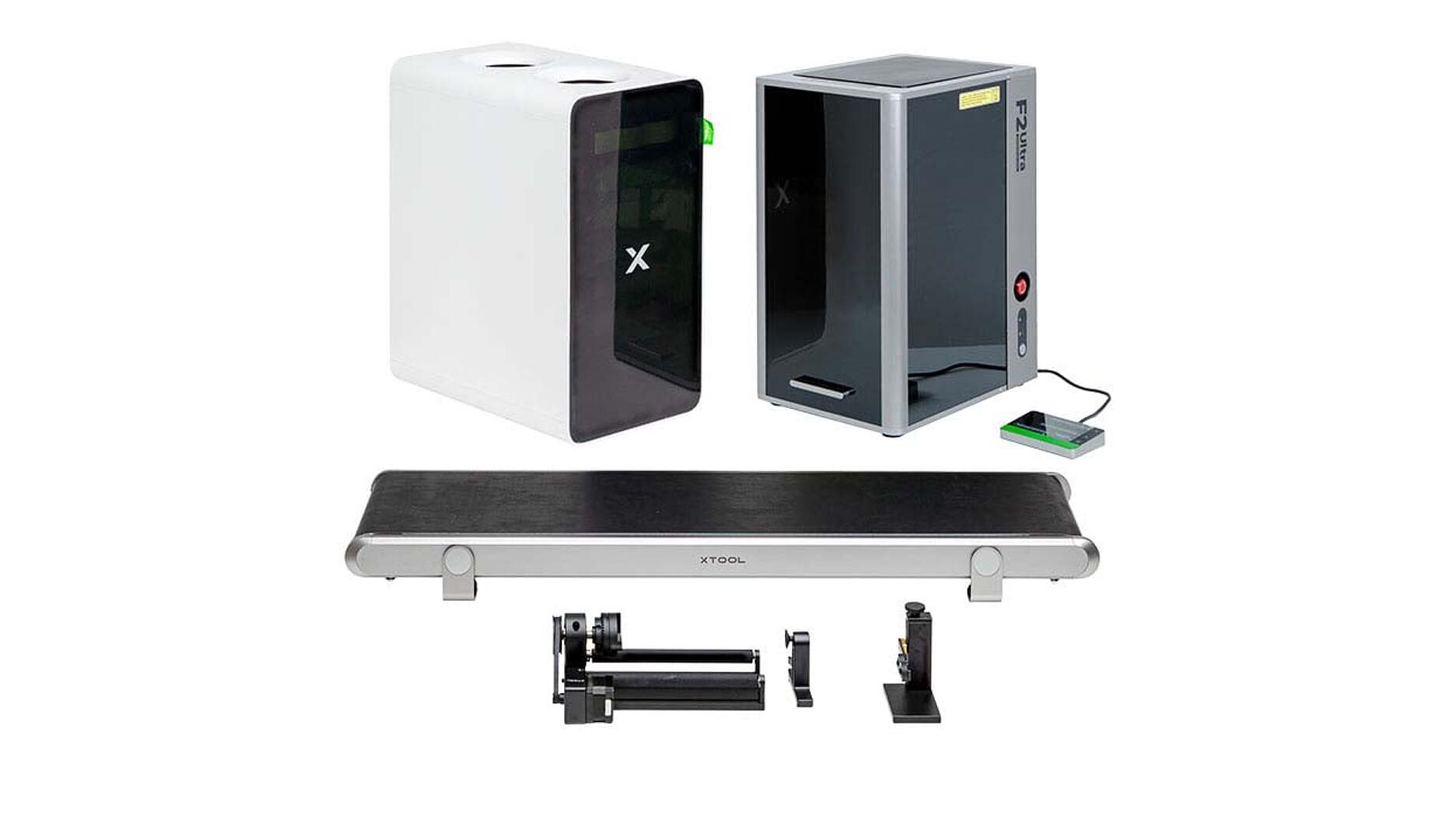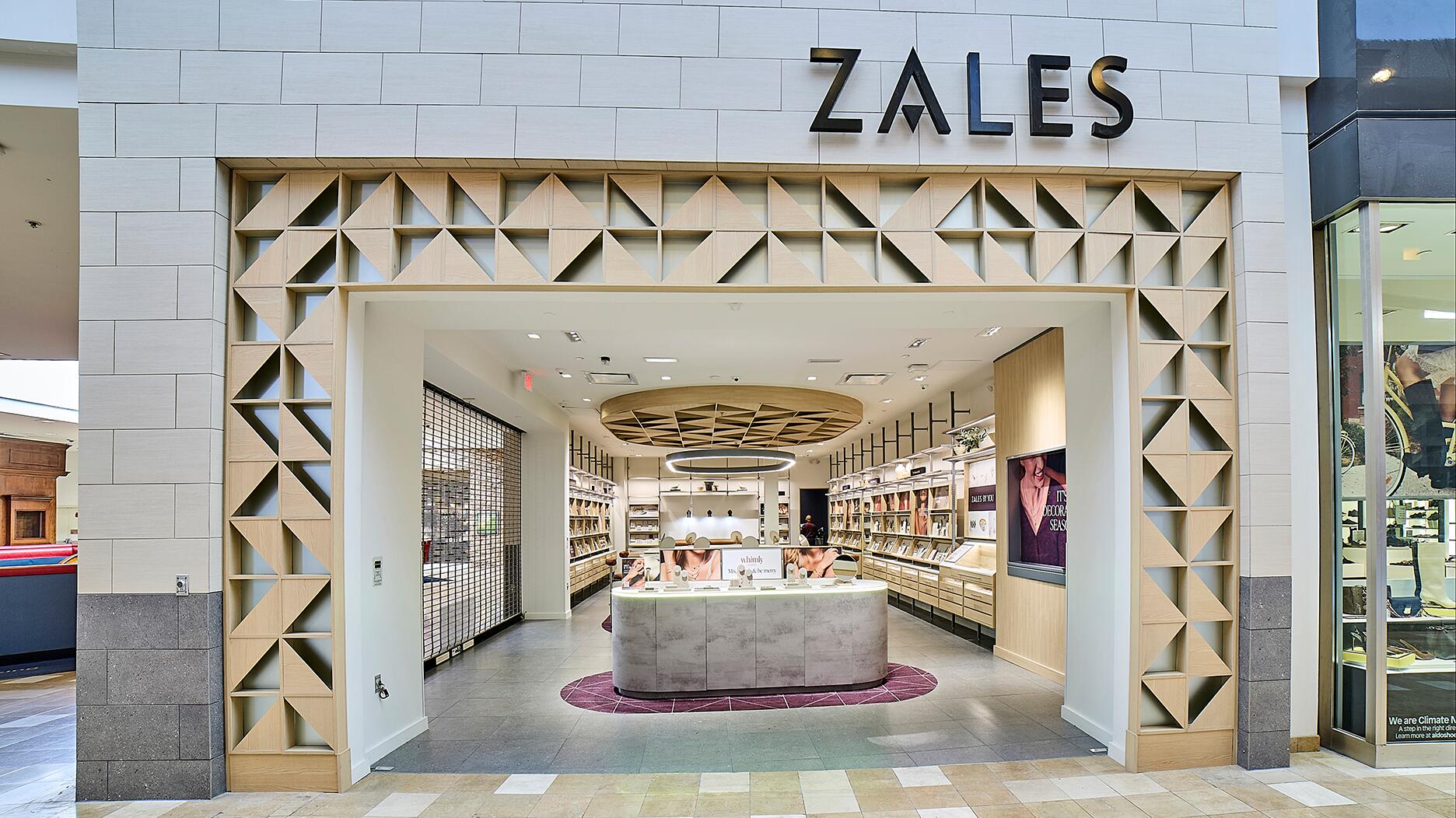Brilliant Earth Is Looking to Go Public
The retailer, which emphasizes responsible sourcing and now operates 13 showrooms, filed for an IPO Monday.

In a Form S-1 filed Monday with the U.S. Securities and Exchange Commission, Brilliant Earth reported its sales grew 25 percent in 2020, a year in which digital sales in general soared with consumers forced to stay at home.
According to the filing, the retailer’s 2020 net sales totaled $251.8 million, compared with $201.3 million in 2019.
Average order value was $3,152, with gross margin at 45 percent and a more than 10x inventory turn.
The surge in sales pushed the company into the black for the year, with the jeweler recording net income of $21.6 million, compared with a net loss of $7.8 million in 2019.
In its filing, San Francisco-based Brilliant Earth listed its offering at $100 million, a typical placeholder value for a small IPO that will change over time.
Founded by Beth Gerstein and Eric Grossberg in 2005 as a primarily online-only business with one showroom in San Francisco, Brilliant Earth how has 13 showrooms—all located in big cities—with plans to open at least one more by the end of 2021.
The company is looking to non-bridal fashion jewelry and international expansion as potential growth drivers in the future, it said in its IPO filing.
In a letter included in the filing, Gerstein and Grossberg, who met as students at Stanford Graduate School of Business, detailed how their dissatisfaction with the jewelry shopping experience in the early aughts led them to start Brilliant Earth.

Gerstein said when she was shopping for an engagement ring 16 years ago, none of the jewelers could say where their diamonds came from, while Grossberg was researching the jewelry industry in business school and hearing from friends who were “disenchanted” with their jewelry shopping experience.
“They [Grossberg’s friends] felt unwelcome in luxury stores that seemed out of touch, or ignored in mall jewelers sandwiched next to fast-food chains,” the letter reads. “They said the experience was like stepping back in time 30 years compared with how they shopped for other major purchases.”
“As we shared stories, we knew there had to be a better way.”
Gerstein said in the letter that they launched Brilliant Earth in her apartment, with the goal of creating a tech-forward jewelry company focused on sustainability, transparency, and inclusivity.
“From our first order shipped from my apartment, to over 370,000 customers across all U.S. states and over 50 countries, it’s been an honor to be a part of unforgettable moments in our customers’ lives,” she wrote.
“We are excited for the next chapter and are grateful to our community, our partners, and our employees—and to you, our investors—for joining us on this journey.”
If Brilliant Earth goes public, it will hold a unique position among the specialty jewelers currently publicly traded on NASDAQ as a primarily digital jewelry business.
The company’s growth and potential emergence as a publicly traded company is an indication of two rising trends in the market—the growth in online jewelry shopping and consumers’ interest in having assurance their goods were responsibly sourced.
The Latest

As the shopping mall model evolves and online retail grows, Smith shares his predictions for the future of physical stores.

The trade show is slated for Jan. 31-Feb. 2 at The Lighthouse in New York City's Chelsea neighborhood.

January’s birthstone comes in a rainbow of colors, from the traditional red to orange, purple, and green.

How Jewelers of America’s 20 Under 40 are leading to ensure a brighter future for the jewelry industry.

The annual report highlights how it supported communities in areas where natural diamonds are mined, crafted, and sold.


Footage of a fight breaking out in the NYC Diamond District was viewed millions of times on Instagram and Facebook.

Linda Coutu is rejoining the precious metals provider as its director of sales.

Roseco’s 704-page catalog showcases new lab-grown diamonds, findings, tools & more—available in print or interactive digital editions.

The governing board welcomed two new members, Claire Scragg and Susan Eisen.

Sparkle with festive diamond jewelry as we celebrate the beginning of 2026.

The master jeweler, Olympian, former senator, and Korean War veteran founded the brand Nighthorse Jewelry.

In its annual report, Pinterest noted an increase in searches for brooches, heirloom jewelry, and ‘80s luxury.

Executive Chairman Richard Baker will take over the role as rumors swirl that a bankruptcy filing is imminent for the troubled retailer.

Mohr had just retired in June after more than two decades as Couture’s retailer liaison.

Shekhar Shah of Real Gems Inc. will serve as president of the Indian Diamond & Colorstone Association in 2026.

This year’s good luck charm features the mythical horse Pegasus, and is our first Piece of the Week of the new year.

Articles about crime, engagement rings, and a necklace worn in the World Series generated the most interest among readers.

As part of the leadership transition, Sherry Smith will take on the role of vice president of coaching strategy and development.

It marks the third time the country has headed the Kimberley Process. Ghana will serve as vice chair.

The new Bulova x Stetson designs highlight two animals often associated with the American West—the bison and the Texas Longhorn.

Its residency at Yamron Jewelers will run through May 2026.

From influential executives to innovative designers, we pay tribute to the people we said goodbye to this year.

The retailer is expanding into areas with large Indian and South Asian populations.

The Italian brand has opened its first flagship amid the peaks of the Dolomites in Madonna di Campiglio, Italy.

The new curation at the Natural History Museum of Los Angeles County showcases rare gem and mineral specimens in their uncut, natural state.

The couple pleaded guilty to concealing at least $127 million in cash transactions at its precious metals businesses.

Consumers shared concerns about prices, inflation, tariffs, trade, and politics in the survey’s write-in response section.





























